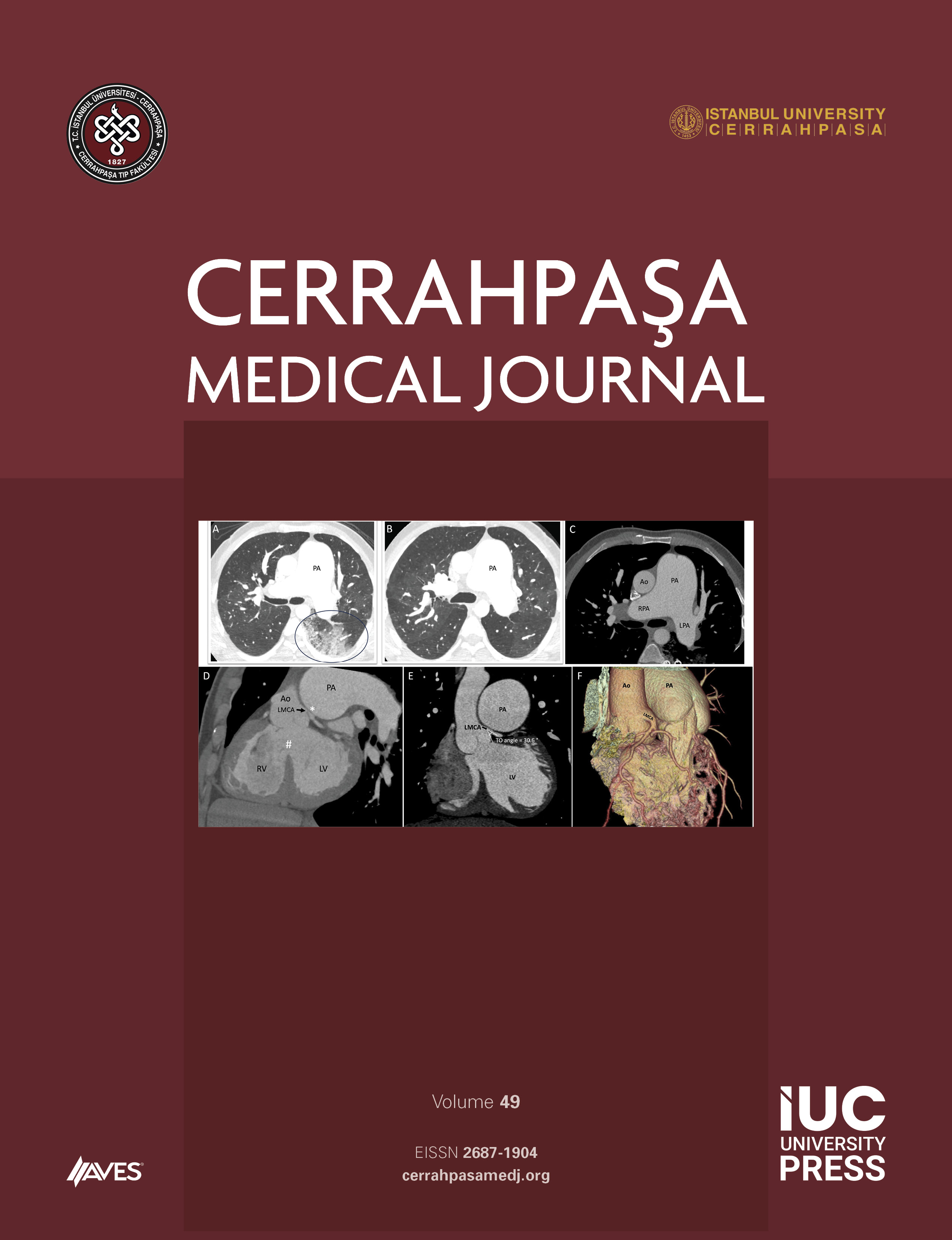Nasal provocation tests have been used frequently in the study of nasal pathophysiology, and for the pharmacologic and clinical investigations. Apart from their relevance to clinical research trials, nasal provocation with spesific (allergens) and nonspesific (histamine or methacholine) materials are often decisive in the diagnosis of alllergic rhinitis when clinical history, skin prick tests and spesific IgE may not completely establish the diagnosis and also used for determining the efficiency of the treatment and for taking a decision to terminate the therapy. Peak nasal inspiratory flow (PNIF), rhinomanometry (RMM), rhinostereometry (RSM) and acoustic rhinometry (AR) are the measuring methods for the assessment of the nasal obstruction after the nasal provocation. Several different methods have been applied for assessment of responses to nasal challenge but there has been no standardization of techniques.



